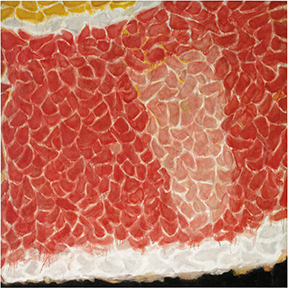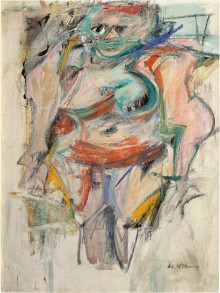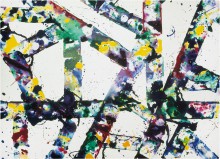Sam Francis
Red in Red 1955

© 2023 Sam Francis Foundation, California / Artists Rights Society (ARS), NY. Reproduction, including downloading of ARS member works is prohibited by copyright laws and international conventions without the express written permission of Artists Rights Society (ARS), New York.
San Mateo-born artist Sam Francis discovered painting during his recovery from a plane crash in the U.S. Army Air Corps in 1943. Francis’ intensely colored all-over style is associated with the New York School, but Francis skipped the New York art world altogether, working briefly in Paris and primarily in California. Red in Red has a cellular, anatomical quality, like many of Francis’ paintings. The composition also resembles a landscape of yellow sun, red clouds, and black ground.
On view in Sam Francis Centennial in the Wisch Family Gallery.






